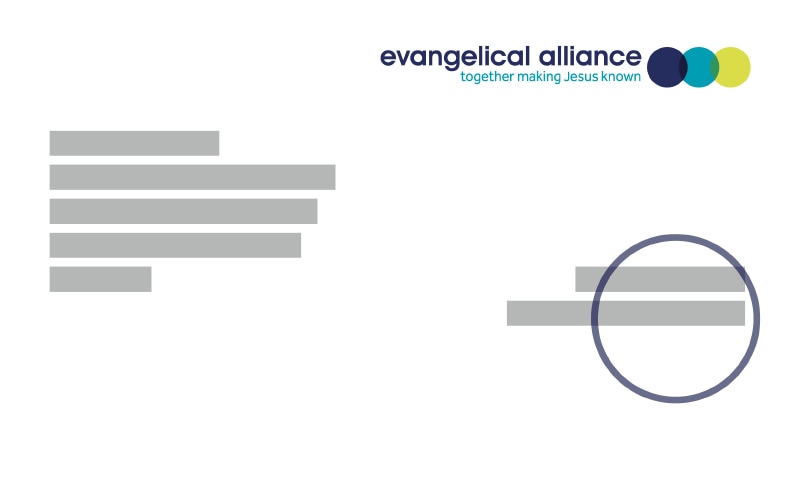For the first time since March 2020, churches in Scotland will no longer be required by law to limit attendance numbers or observe physical distancing measures at worship services – but for now, face coverings and the collection of contact details for Test and Protect will remain.
The First Minister has announced that Scotland will move beyond Level 0 on Monday and remove all but a few COVID-19 legal requirements that have been in place since the UK went into lockdown in March last year.
In practice, this will mean that churches can hold worship services with unlimited numbers of people with no need to enact physical distancing between households.
These changes have been made possible by both the high uptake of the COVID-19 vaccination in Scotland (93 per cent of the population aged over 40 have now had both doses) and the continuing fall in case numbers and test positivity rates.
However, unlike England, face coverings will still be legally required in public spaces indoors (with the exception of those leading a worship service) and contact details of those attending services will still be required to be collected for Test and Protect. A further change is that if an adult is identified as a close contact of someone testing positive for COVID-19, they will no longer be automatically required to self-isolate in some circumstances – see here for further information.
Congregational singing, behind face coverings, has been allowed in church services across the whole of Scotland since every local authority was moved to Level 0 on 19 July. Face coverings are not required to be worn by those leading congregational singing, however.
The Evangelical Alliance Scotland welcomes this news that a significant degree of normality will be returning to our worship services for the first time in 17 months. The changes will allow churches the freedom to decide how to welcome back full congregations for worship services and gather together fully as a community of worshippers.
The team recognises that with the easing of restrictions comes both challenges and opportunities as churches move forward. Each church knows better than anyone else its congregation, building and where the ongoing risks might be (such as those who are more vulnerable because they’re unable to take the vaccine).
As for opportunities, at this juncture churches will be able to explore and plan how to love their neighbour and their community in how they welcome new members into worship services. In my own church, we have reflected on 1 Corinthians 8 as a framework on how we best love others with the freedoms we have been granted.
Let’s show our church leadership teams grace as they navigate these new freedoms and what they will mean for their various ministries. Meetings will need to be had, different viewpoints will need to be factored in, compromises will need to be made. As church members, we can focus on what we can do to love our leaders and one another well in the sacrifices we continue to make.
But this is absolutely a time to celebrate. We have longed for the day when we can be back together as one church congregation. Even behind face coverings, our Sundays will become ever-more joyful as we worship God together – not as individual households, but as one body.



